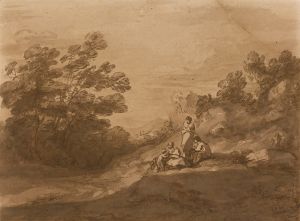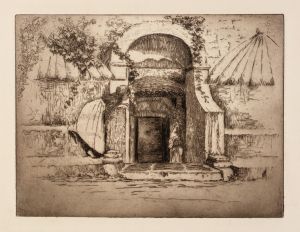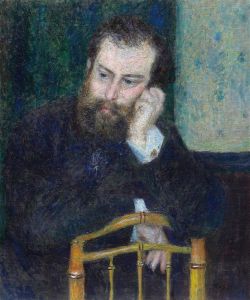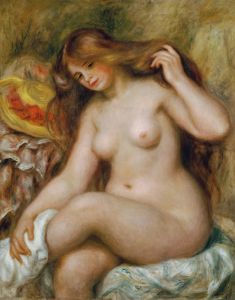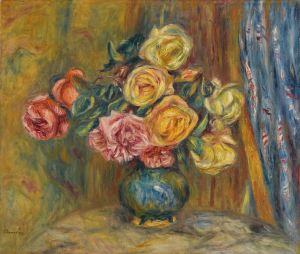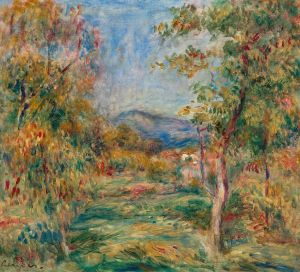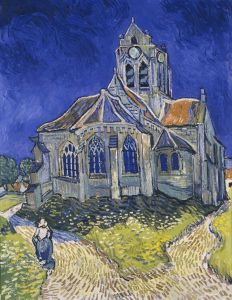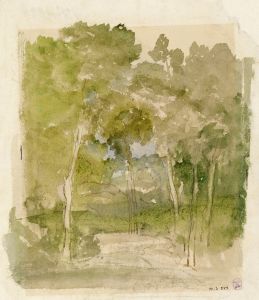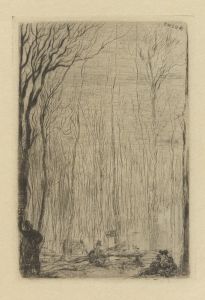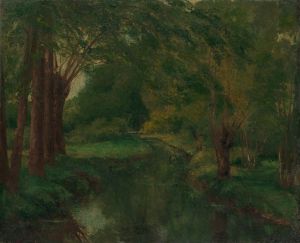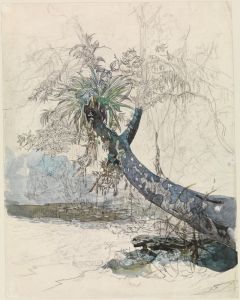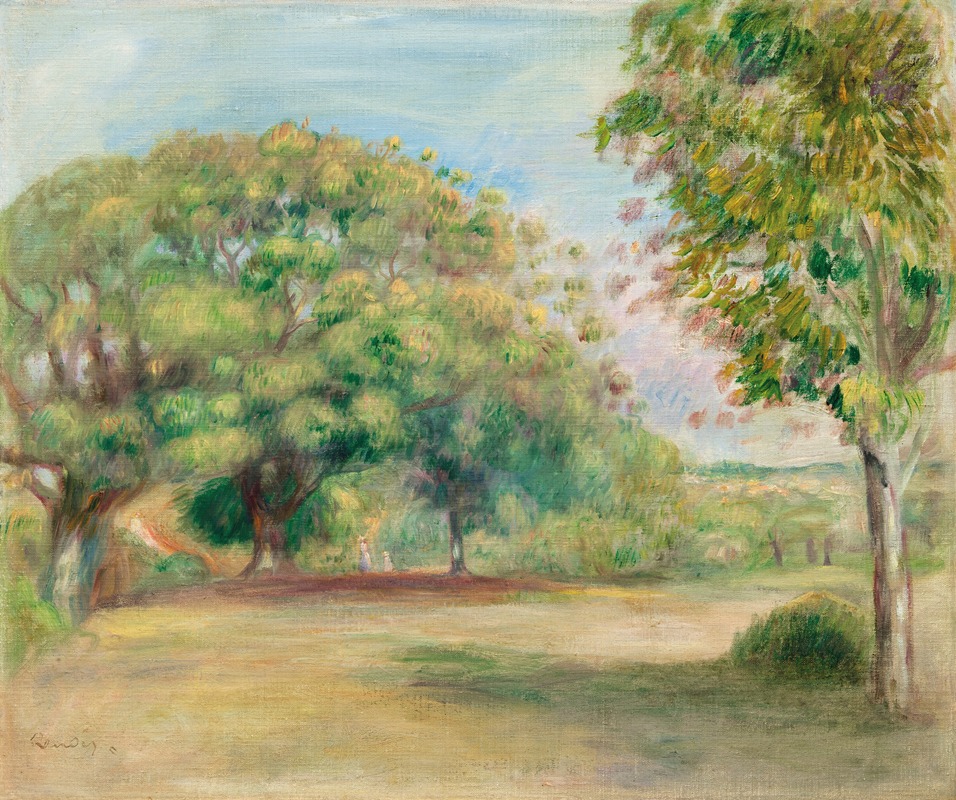
Paysage
A hand-painted replica of Pierre-Auguste Renoir’s masterpiece Paysage, meticulously crafted by professional artists to capture the true essence of the original. Each piece is created with museum-quality canvas and rare mineral pigments, carefully painted by experienced artists with delicate brushstrokes and rich, layered colors to perfectly recreate the texture of the original artwork. Unlike machine-printed reproductions, this hand-painted version brings the painting to life, infused with the artist’s emotions and skill in every stroke. Whether for personal collection or home decoration, it instantly elevates the artistic atmosphere of any space.
Pierre-Auguste Renoir, a leading figure of the Impressionist movement, created numerous landscapes throughout his career, showcasing his mastery of light, color, and atmosphere. One such work, Paysage (translated as "Landscape"), exemplifies his dedication to capturing the natural world with a sense of vibrancy and immediacy.
Renoir painted Paysage during a period when he was deeply influenced by the Impressionist approach to plein air painting, which involved working outdoors to directly observe and depict the effects of light and weather. This method allowed him to create dynamic compositions that conveyed the fleeting beauty of nature. Like many of his landscapes, Paysage reflects Renoir's interest in the interplay of light and shadow, as well as his ability to render the textures of foliage, water, and sky with loose, fluid brushstrokes.
The painting is characterized by its harmonious color palette, which often includes soft greens, blues, and earthy tones. Renoir's landscapes frequently avoided rigid structure, instead favoring a more organic arrangement of elements that guide the viewer's eye naturally through the scene. This approach aligns with the broader goals of the Impressionist movement, which sought to break away from the formal constraints of academic art and focus on the sensory experience of a moment.
While specific details about Paysage—such as its exact date of creation or the location it depicts—are not always documented, it is consistent with Renoir's broader body of work from the 1870s and 1880s, a time when he was actively exploring the Impressionist style. During this period, Renoir often painted rural scenes in France, including the countryside around Paris and locations such as Argenteuil and Fontainebleau.
Renoir's landscapes, including Paysage, were not only a testament to his technical skill but also a reflection of his belief in the joy and beauty of the natural world. Unlike some of his contemporaries, who occasionally depicted the harsher realities of modern life, Renoir's works often celebrated idyllic and serene environments, emphasizing their timeless appeal.
Today, Paysage is recognized as part of Renoir's significant contributions to the Impressionist movement. The painting is held in private collections or museums, depending on its specific provenance, and continues to be appreciated for its artistic merit and its role in the evolution of modern art.





